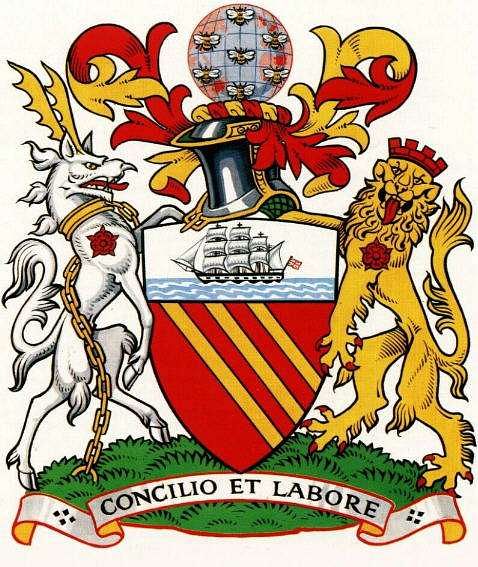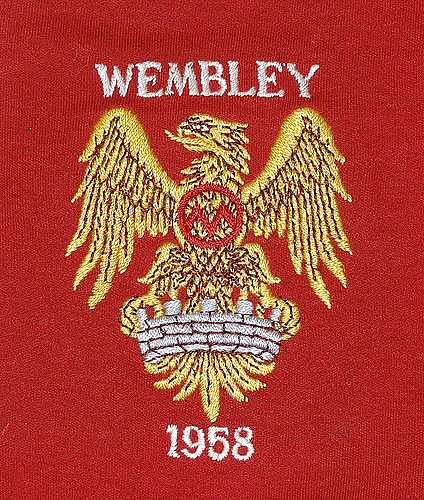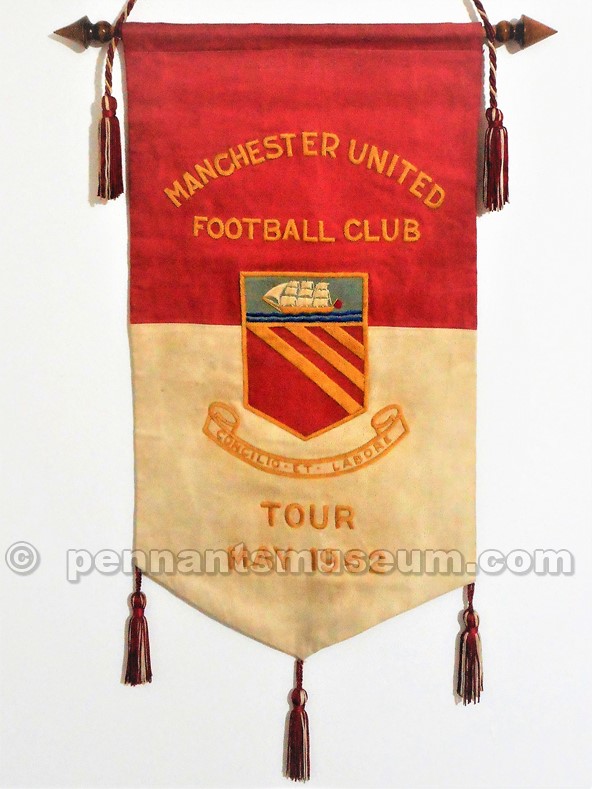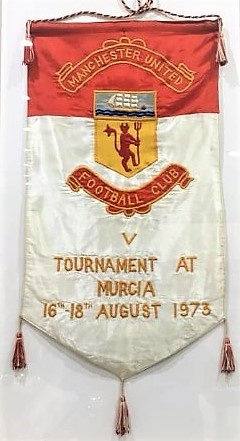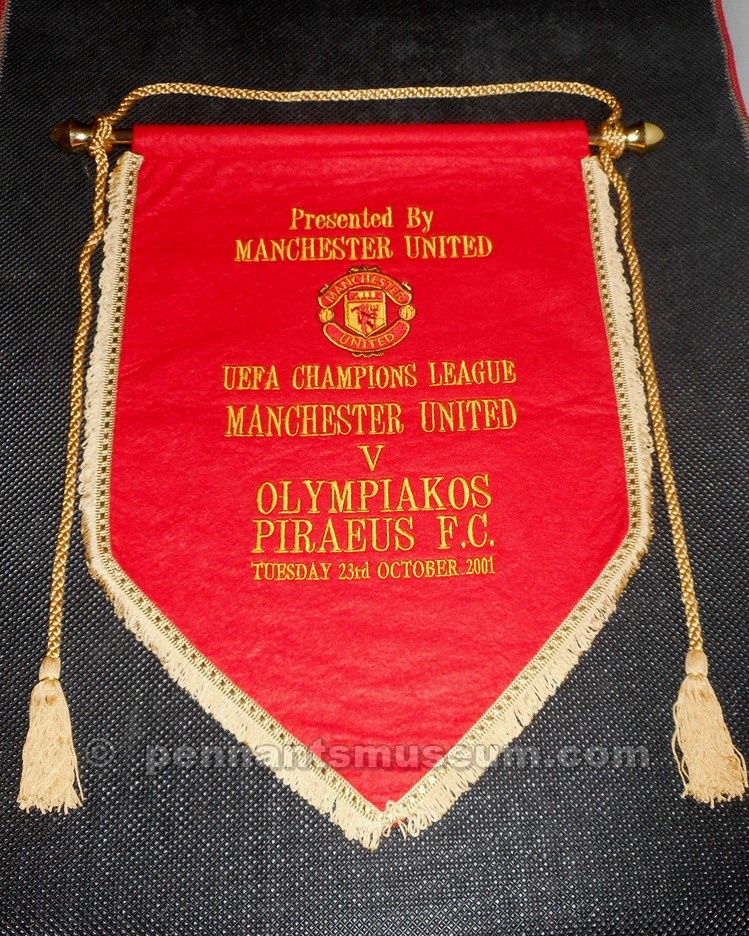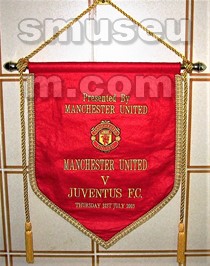Manchester metà del XIX secolo, cuore pulsante della cosiddetta rivoluzione industriale ed in particolare della manifattura del cotone. Il mondo inizia l’era dell’industrializzazione ma non senza lati oscuri. Charles Dickens ne traccia nel suo “Hard Times – For These Times” uno spaccato. In una Manchester in cui la rivoluzione industriale aveva portato ricchezza, preoccupanti erano gli squilibri sociali e la piaga del lavoro minorile a cui molte fabbriche di cotone della città ricorrevano. In tutto questo vi è un elemento di congiunzione con il calcio ed è rappresentato dal cosiddetto Factory Act deliberato, nel 1850, dal Parlamento inglese. Con tale atto, l’orario lavorativo per donne e bambini viene limitato ed il Sabato il termine delle attività lavorative è fissato per tutti alle ore 14.00. Parrebbe arduo dirlo ma tale disposizione cambia le abitudini britanniche concedendo ai sudditi di sua Maestà più tempo libero. C’è chi lo trascorre nei pub a bere o peggio ancora, preso dai fumi dell’alcool a sfidarsi in immancabili risse chi invece viene attratto dal football che in quel periodo era diventato una sorta di palliativo per strappare la popolazione dai vizi e dagli ozi del fine settimana. A Manchester, quella che diventerà la leggenda dei “diavoli rossi” nasce nel 1878 per volontà di Fredrick Attock un dirigente della Lancashire & Yorshire Railway operante, presso il deposito di Newton Heath, cittadina alla periferia di Manchester. Il rosso delle divise del Manchester era solo per il futuro; la prima divisa del club antesignano del Manchester United era infatti gialla e verde, colori della compagnia ferroviaria. Occorreranno alcuni anni prima che il Newton Heath diventi Manchester United, esattamente nel 1902, quando John Davies, in maniera davvero rocambolesca e con un cane protagonista, rileva la società estinguendone tutti i debiti. Occorreva ora trovare un nuovo nome alla squadra. Chi proponeva Manchester Central, rifiutato poiché più consone a termini ferroviari che calcistici, chi Manchester Celtic anch’esso poco affascinante. “Manchester United” disse il magazziniere della squadra ed è troppo facile, ora, dire che convinse tutti. Quel magazziniere non era un semplice operario al servizio della squadra. Lui era Luigi “Louis” Rocca figlio del genovese Luigi senior che dopo essere emigrato nel Regno Unito aveva aperto un negozio di gelati nella periferia di Manchester. Questo ragazzo, sebbene non riconosciuto nella storiografia del Manchester, ne fu un silente protagonista fino alla morte nel 1950. Alla leggenda mancava l’ultimo tassello, quello del nuovo stadio. Il tutto si compie nel 1909 quando venne scelto, nel quartiere Old Trafford, la nuova “casa” del Manchester. Pensate un po’. Questo fantastico stadio è da 110 anni, come dicono i tifosi dei red devils, il teatro dei (loro) sogni. Alla fondazione venne deciso di adottare sulle divise da gioco, in rosso, lo stemma della città.
Concilio et Labore, Saggezza e Fatica recita il motto cittadino che diventa essenziale anche per la squadra. Nello stemma, sullo scudo bipartito, viene riportata un’imbarcazione a vela a rappresentate la vocazione al commercio della città ma anche a testimoniare la navigazione nel canale cittadino (ship canal), mentre nella sezione inferiore sono riportate tre righe trasversali gialle in campo rosso a ricordo dei tre fiumi cittadini. Questo stemma rimase in uso fino al 1958 anno che fa da spartiacque nella storia dei diavoli rossi. Monaco di Baviera, 6 febbraio 1958. L’aereo che riporta a casa il Manchester dopo la partita di Coppa dei Campioni contro la Stella Rossa, si schianta sulla pista dello scalo tedesco dove aveva effettuato una sosta. Muoiono 23 persone tra cui otto giocatori del Manchester. Dalla terribile tragedia si salvano, tra gli altri, l’astro nascente del Manchester l’allora ventenne Bobby Charlton e Matt Busby il leggendario manager dei red devils. La tragedia segna profondamente la squadra ed in segno di rispetto si decise di apporre un nuovo stemma sulle maglie le cui sembianze parevano ricondurre ad un’aquila. In realtà così non fu poiché il simbolo voleva rappresentare l’araba fenice, auspicio di rinascita dopo un così terribile evento.
A partire dal 1960 lo stemma sulle maglie e nei gagliardetti cambia. Si opta per uno stemma che rappresenta un particolare dello scudo cittadino con l’iconico veliero, simbolo peraltro condiviso anche con l’altra squadra cittadina, il Manchester City.
Il gagliardetto presentava soltanto lo scudo presente nell’araldica cittadina e non vi era ancora traccia del diavoletto. Già l’iconico diavolo rosso con il tridente che campeggiava sulle maglie di una squadra di rugby cittadina e di cui Sir Matthew Busby rimase così affascinato da farlo adottare nella simbologia dello United. Nasce così il nuovo stemma, dapprima realizzato in una versione a scudo con il veliero, oltre al diavolo e poi, dal 1973, nella versione che rimase in uso fino al 1998, quando nei due cartigli tra lo stemma venne deciso di apporre l’iscrizione Manchester United in luogo di Manchester United Football Club.
Questo stemma sulle rosse casacche dello United e sulle proprie insegne accompagnò le sempre maggiori vittorie nazionali ed in ambito internazionale fino ai giorni nostri.
English version
Manchester mid-19th century, the beating heart of the so-called industrial revolution and in particular cotton manufacturing. The world begins the era of industrialization but not without dark sides. Charles Dickens traces it in his “Hard Times – For These Times”. In a Manchester where the industrial revolution had brought wealth, worrying were the social imbalances and the scourge of child labour to which many of the city’s cotton factories resorted. In all this there is an element of connection with football and it is represented by the so-called Factory Act decided, in 1850, by the English Parliament. With this act, working hours for women and children are limited and on Saturdays the end of work activities is set for everyone at 2 p.m. It would seem difficult to say, but this provision changed British habits by giving Her Majesty’s Subjects more free time. There are those who spend it in pubs drinking or worse, caught by the fumes of alcohol to challenge themselves in inevitable brawls, those who instead are attracted to football that at that time had became a kind of palliative to wrest the population from the vices and ovations of the weekend. In Manchester, what would become the legend of the red devils started in 1878 by Fredrick Attock, an executive of the Lancashire &Yorshire Railway, operating at the Newton Heath depot, on the outskirts of Manchester. The red of Manchester’s uniforms was only for the future; Manchester United’s first kit was yellow and green, the colours of the railway company. It will be a few years before Newton Heath became Manchester United, exactly in 1902, when John Davies, in a really daring way and with a leading dog, took over the company extinguishing all its debts. The team had to be named. Those who proposed Manchester Central, rejected because it was more suited to railway terms than football, who were Manchester Celtic who were also unattractive. “Manchester United,” said the kitman, and it’s too easy now to say he convinced everyone. That warehouse worker wasn’t just a team worker. He was Luigi “Louis” Rocca son of the Genoese Louis sr who after emigrating to the UK had opened an ice cream shop on the outskirts of Manchester. This boy, although not recognized in the history of Manchester United, was a silent protagonist until his death in 1950. The legend lacked the last piece, that of the new stadium. It all took place in 1909 when Manchester’s new home was chosen in Old Trafford. Think about it. This fantastic stadium has been for 110 years, as the fans of the red devils say, the theater of (their) dreams.
At the foundation it was decided to adopt on the game uniforms, in red, the coat of arms of the city. Concilio et Labore, Wisdom and Fatigue recites the city motto that also becomes essential for the team. In the coat of arms, on the two-party shield, a sailboat is shown to represent the vocation to trade the city but also to witness the navigation in the ship canal, while in the lower section are reported three yellow cross lines in red field in memory of the three city rivers. This coat of arms remained in use until 1958, which served as a watershed in the history of the red devils. Munich, February 6, 1958. The plane that took Manchester home after the European Cup match against the Red Star crashed on the runway of the German airport where it had made a stop. 23 people die, including eight Manchester players. Manchester’s rising star Bobby Charlton and Matt Busby, the legendary red devils manager, were saved from the terrible tragedy. The tragedy deeply marks the team and out of respect it was decided to put a new coat of arms on the jerseys whose appearance seemed to lead to an eagle. In fact it was not because the symbol wanted to represent the phoenix Arabic, a hope of rebirth after such a terrible event.
Starting in 1960, the coat of arms on shirts and banners changed. Manchester United choose for a coat of arms that represents a detail of the city shield with the iconic sailing ship, a symbol also shared with the other city team, Manchester City.
The pennant only had the shield in the town’s heraldry, and there was still no sign of the devil. Already the iconic red devil with the trident that hung on the shirts of a city rugby team and of which Sir Matthew Busby was so fascinated that he adopted it in the symbolism of United. Thus the new coat of arms was born, first made in a shield version with the sailing ship, in addition to the devil and then, probably from october 1973, in the version that remained in use until 1998, when in the two carthages between the coat of arms it was decided to place Manchester United wording in place of Manchester United Football Club. This coat of arms on United’s red shirts and insignia accompanied the growing national and international victories to this day. The pennants of the article (except for that of the friendly match Real Murcia vs Manchester United) belong to the private collection of Marco CIANFANELLI (www.pennantsmuseum.com).
